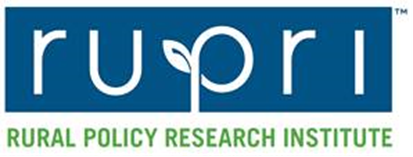The Flex Monitoring Team has released a new policy brief, CAH Medicaid Payer Mix in Expansion vs. Non-Expansion States. In this brief, we compare Medicaid payer mix in 2018 versus 2013 for CAHs in states that have and have not expanded Medicaid.
Since the Affordable Care Act’s (ACA) enactment of Medicaid expansion in 2014, 36 states have decided to expand Medicaid. The larger number of Medicaid patients has resulted in a substantial increase in Medicaid payer mix (the proportion of a hospital’s net patient revenue provided by Medicaid). Previous studies have found an association between Medicaid expansion and payer mix among patients hospitalized for certain conditions. This study finds a similar relationship among CAHs in expansion versus non-expansion states. CAHs with the greatest positive changes in Medicaid payer mix are located in expansion states. CAHs with the smallest or negative changes in Medicaid payer mix tend to be located in non-expansion states.
This paper may be accessed here or on the Flex Monitoring Team website.

